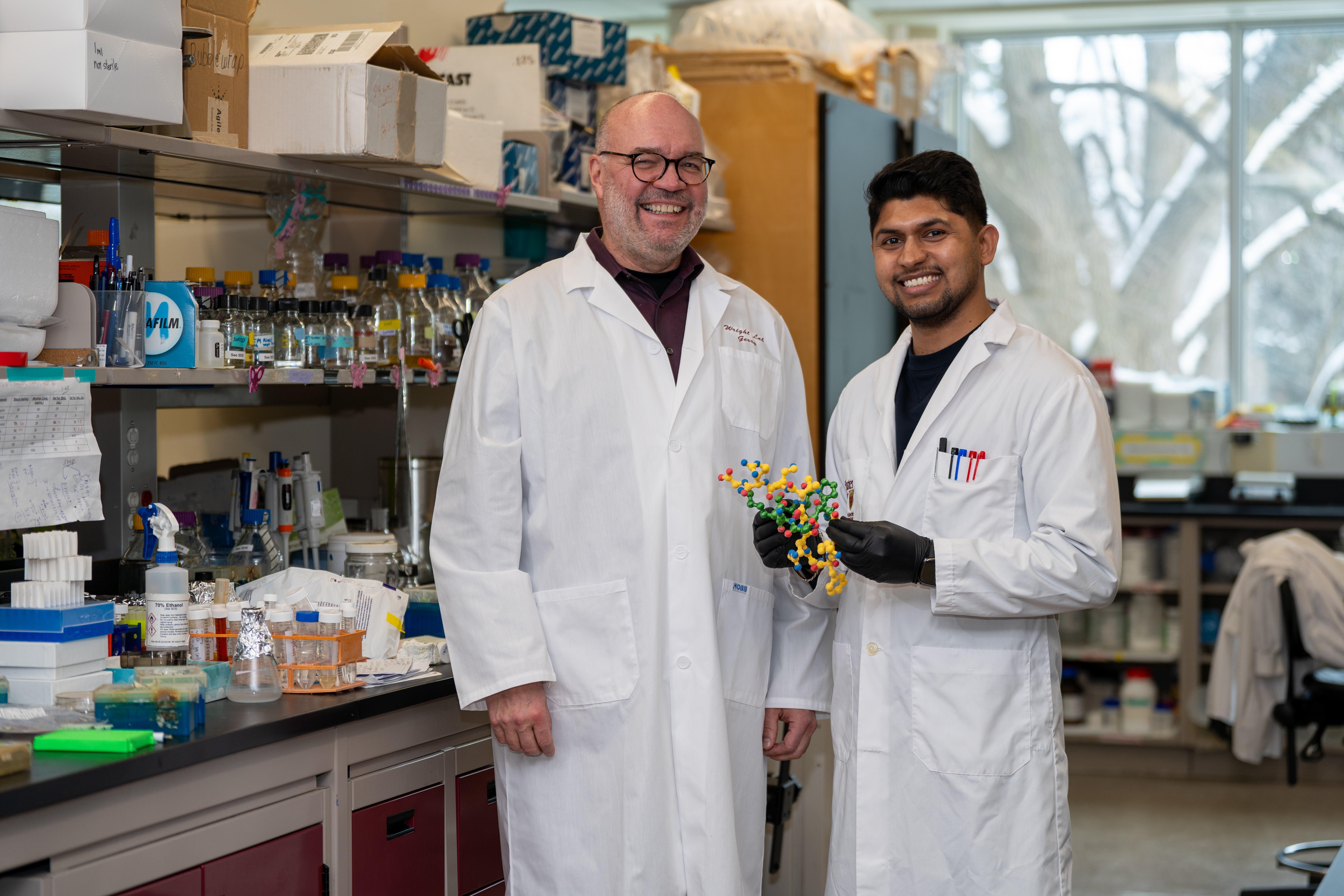Antibiotic resistance is one of the most urgent problems facing humanity, but it’s been decades since we last developed a new class of these drugs. That could all be about to change thanks to the discovery of a new molecule, which scientists say could work against some of the most drug-resistant bugs on Earth.
ADVERTISEMENT
A recent in-depth forecast found that if more is not done to tackle the problem of antimicrobial resistance, we could be looking at over 39 million global deaths from infections by 2050. That forecast included all pathogenic microorganisms, including fungi and viruses, but drug-resistant bacteria are a huge part of the issue.
To name just one example, the biggest global infectious killer right now is tuberculosis (TB), caused by the bacterium Mycobacterium tuberculosis. Multidrug-resistant (MDR) and extensively drug-resistant (XDR) forms of TB have evolved to resist almost all the antibiotics we have at our disposal. For XDR-TB patients in particular, this means a longer course of treatment, harsher side effects, and a much-reduced chance of success.
The World Health Organization, local health bodies, and scientists working in this field all agree that we desperately need new antibiotics – but finding them is no mean feat, taking us on a quest to some of the remotest reaches of the planet.
Now, a team led by researchers at McMaster University in Ontario believe they’ve found a molecule that could lead to a whole new class of antibiotics, the first since daptomycin was brought to market in 2003 after almost 20 years of development.
It’s called lariocidin, and it’s a type of molecule known as a lasso peptide. They discovered it by analyzing a species of bacterium belonging to the genus Paenibacillus, which is naturally found in soil. It might surprise people to learn that bacteria themselves have been a rich source of antibiotics, which they likely evolved to use as defenses against other microbes or for chemical communication.
ADVERTISEMENT
Lariocidin was discovered after the team allowed any bacteria in their soil sample to grow for around one year, so even the slow-growing types like Paenibacillus had time to make themselves known.
The molecule works like no other antibiotic we’ve seen. It binds directly to the protein synthesis machinery in bacteria in a unique way, preventing them from growing and ultimately killing them.
“When we figured out how this new molecule kills other bacteria, it was a breakthrough moment,” said postdoctoral fellow and study author Manoj Jangra in a statement.
“It’s a big leap forward for us,” added senior author Professor Gerry Wright.

Gerry Wright and Manoj Jangra in the lab.
Image credit: McMaster University
The discovery is only the first step, however. Now, the team will have to invest a lot of time and energy into finding a way to manufacture enough lariocidin to develop it as a clinical medicine.
“The initial discovery – the big a-ha! moment – was astounding for us, but now the real hard work begins. We’re now working on ripping this molecule apart and putting it back together again to make it a better drug candidate,” Wright said.
The early signs are encouraging. The team’s analysis showed that lariocidin is unlikely to provoke antibiotic resistance in the way that we’re seeing with so many of our older drugs, due to its unique structure and mode of action.
They also say it’s nontoxic to human cells – which means safer treatment with fewer side effects – and worked well in an animal model. They trialed it successfully against Acinetobacter baumannii, a notoriously drug-resistant bacterium that causes all sorts of bother in humans.
ADVERTISEMENT
All in all, it’s a promising breakthrough. And as Wright emphasizes, it’s one that’s sorely needed: “About 4.5 million people die every year due to antibiotic-resistant infections, and it’s only getting worse.”
The study is published in Nature.
Source Link: “Lasso” Antibiotic Breakthrough Could Bring First New Class Of Drugs In 25 Years